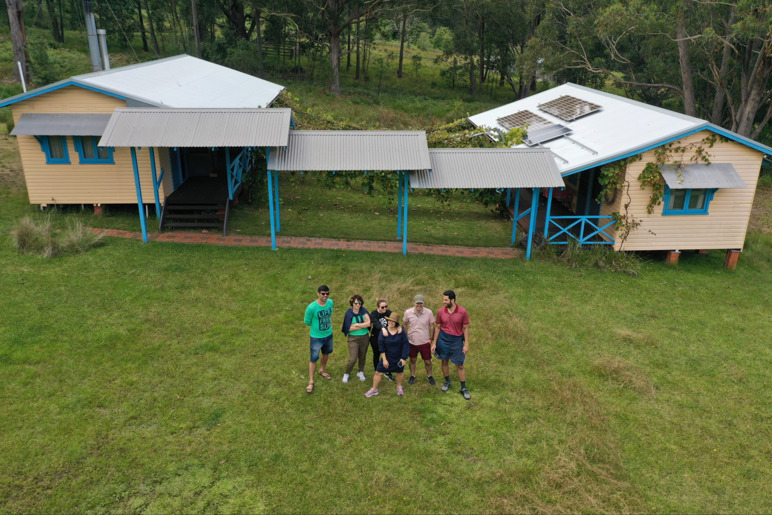
Carbon emissions to the atmosphere have important consequences for everyone, and for the natural systems that support us. Carbon and climate have created and maintain our wonderful nature at Callicoma Hill.
With almost universal agreement that urgent carbon emission reductions are required, it is of interest to reflect on the contribution that our tourism industry makes. In other words, how does your holiday and travel make a difference?
Charts showing how our nation is faring in reducing carbon emissions were recently presented in the media - https://www.abc.net.au/news/2024-12-09/australias-climate-change-policy-problem-in-charts/104689682. While progress is being made in the electricity generation sector, other parts of the economy maintain and are even increasing carbon emissions.
The conclusion is that to get to net zero emissions, all industries will need to do much more.
When it comes to tourism, a study by Australian researchers has shown it contributes 9% of total global carbon emissions and is growing fast. See https://www.uq.edu.au/news/article/2024/11/tourism-leads-pack-growing-carbon-emissions. Air travel and private vehicle use were the largest contributors to the carbon footprint of tourism.
What does this mean for tourism and holidays? Simply three things. Firstly travel close to your home and minimise distance travelled. Secondly, take longer and slower holidays. Thirdly, choose sustainable and low carbon accommodation and activities. Walking and nature-based holidays are ideal and have other benefits as well.
Instead of short overseas trips (that may be a luxury that the planet cannot afford), opt for locally based and world class nature experiences - a great option for a short or long holiday break!
